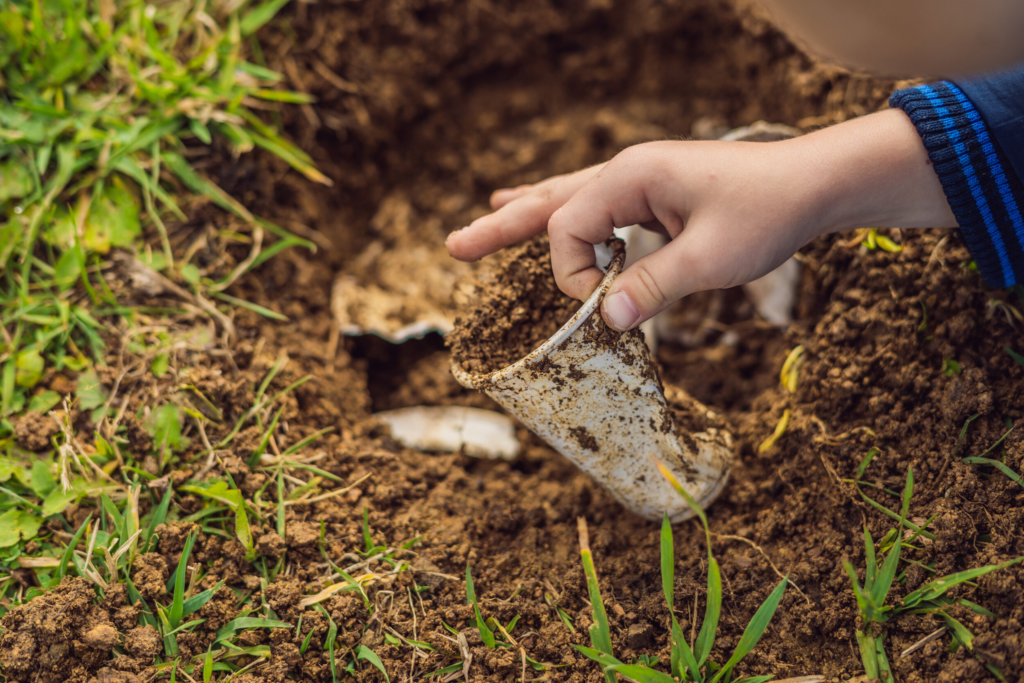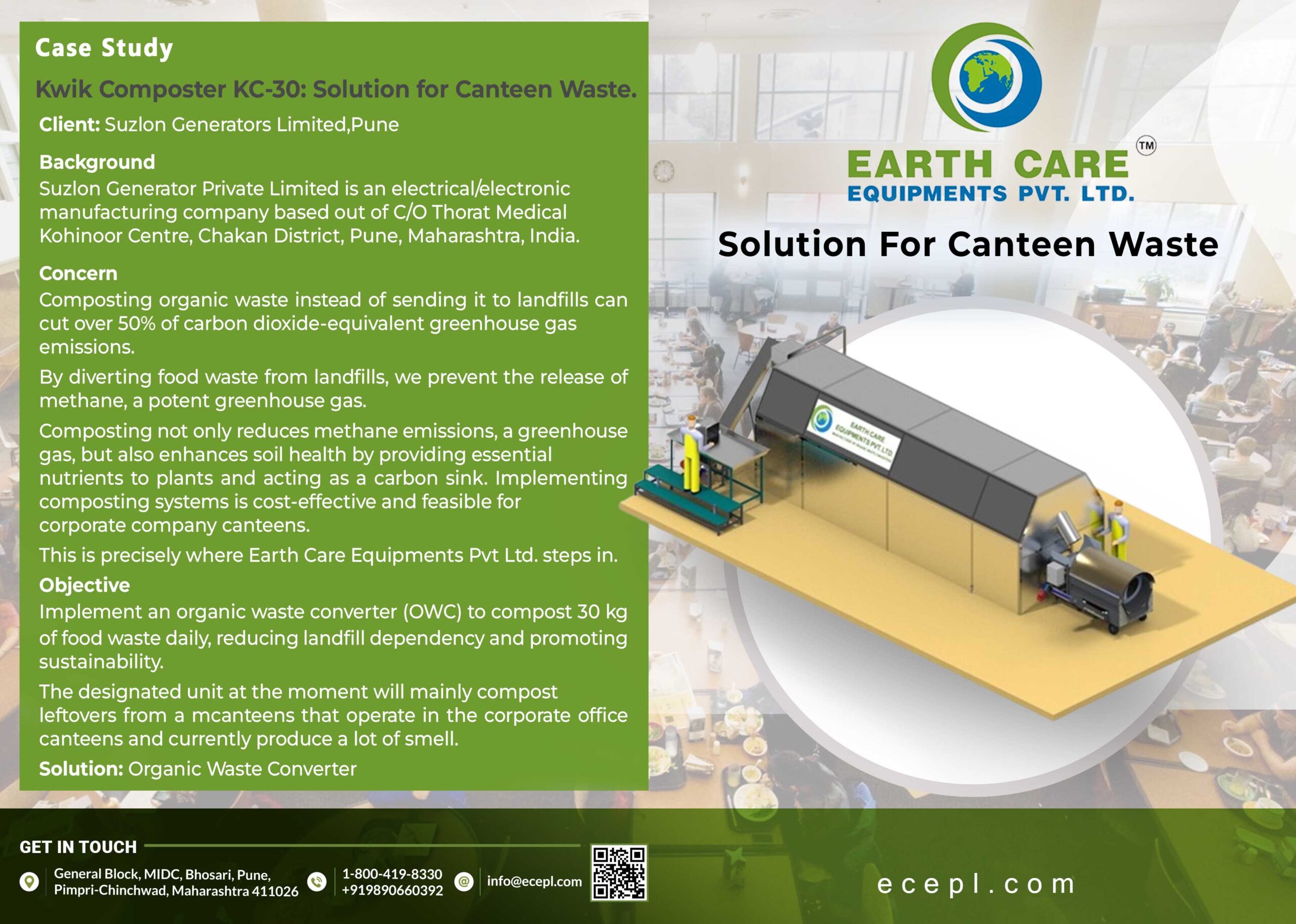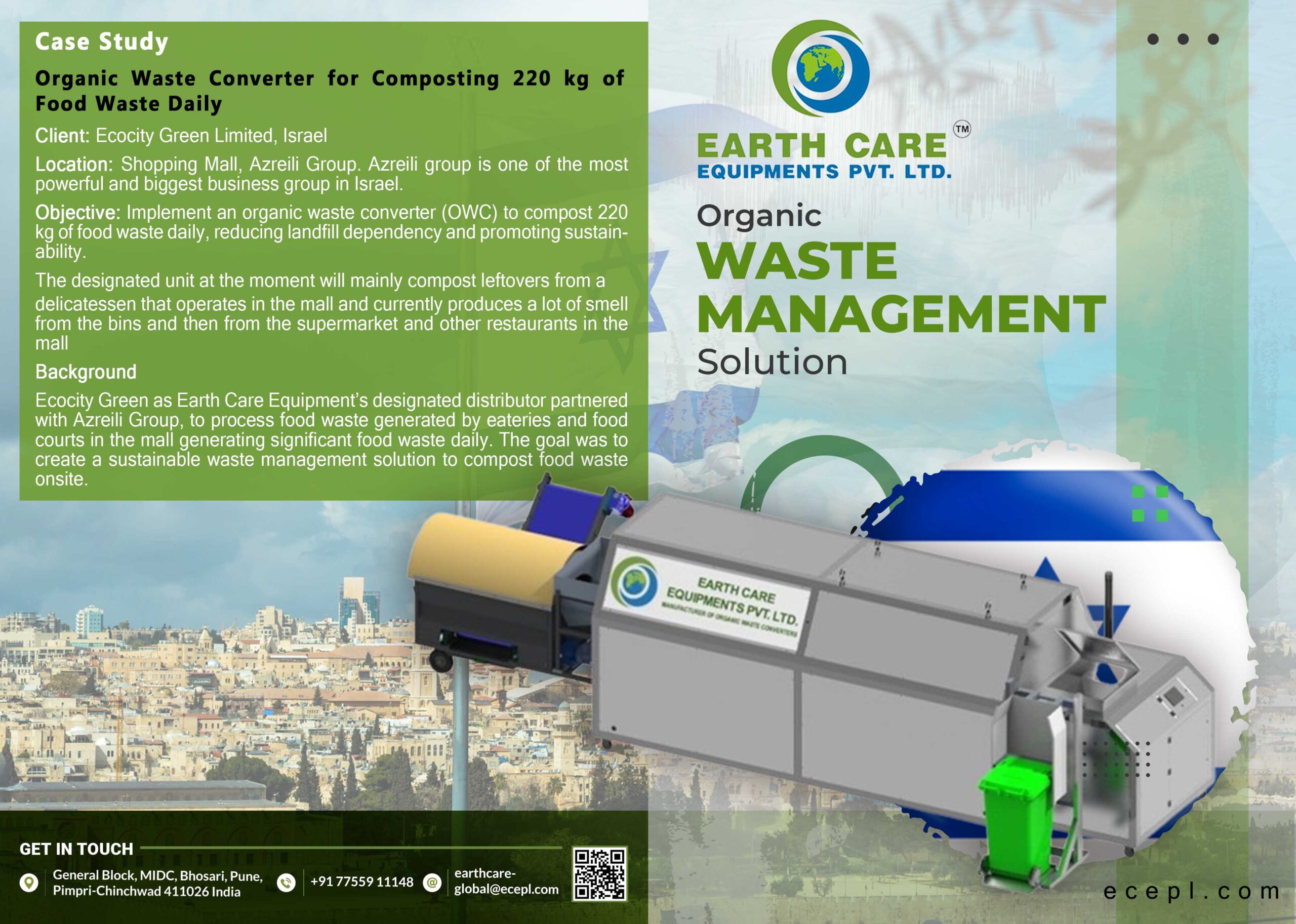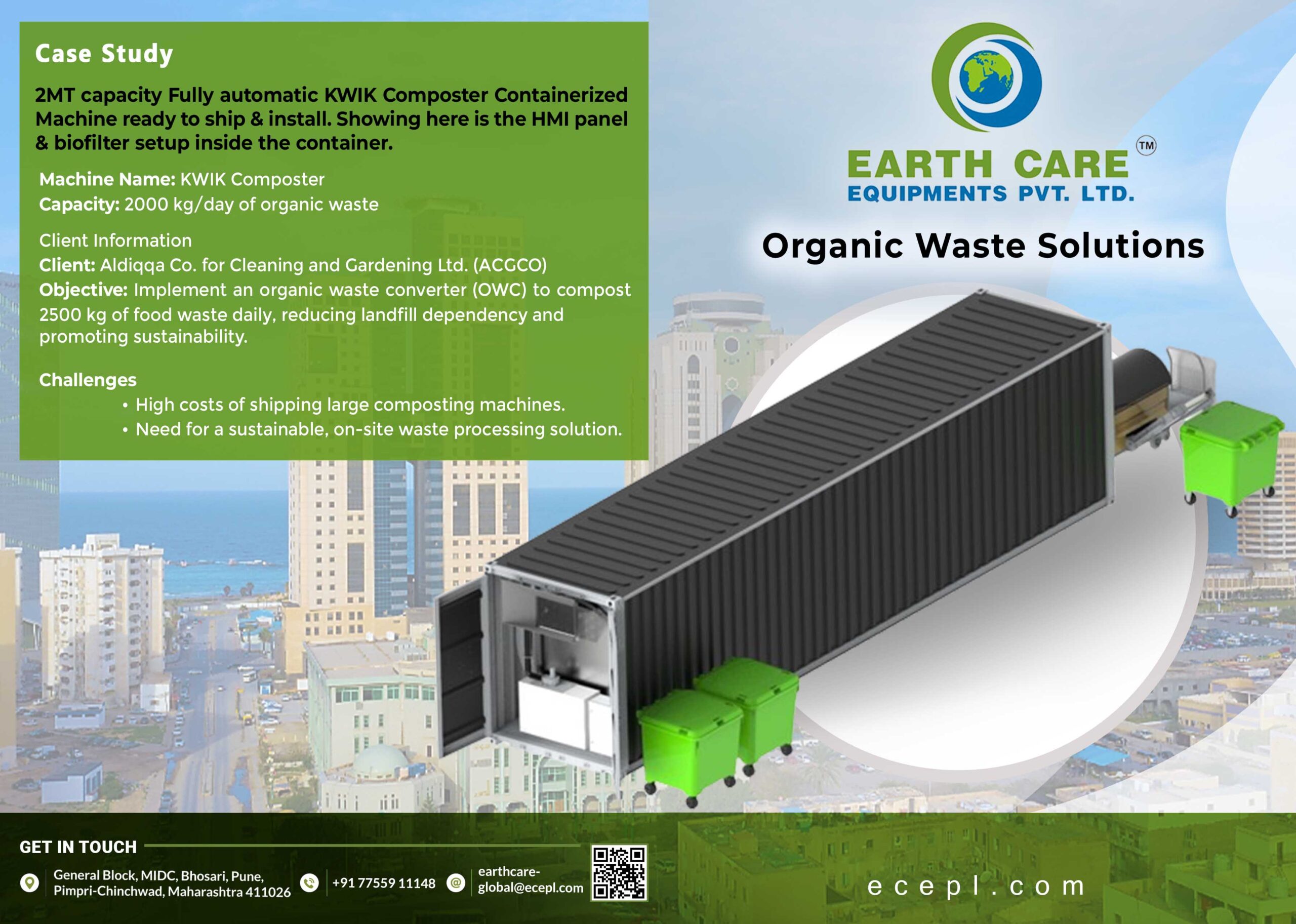
In today’s environmentally conscious world, the choice between compostable and biodegradable packaging has become increasingly significant. With India’s growing awareness of sustainability and environmental impact, understanding the nuances between these two types of packaging is crucial.
Introduction to Compostable and Biodegradable Packaging
Compostable packaging refers to materials that break down into natural elements when composted, leaving behind nutrient-rich soil. On the other hand, biodegradable packaging decomposes through natural processes into carbon dioxide, water, and biomass with the help of microorganisms.
In India, where issues like pollution and waste management are pressing concerns, the adoption of sustainable packaging solutions is gaining momentum. Businesses and consumers alike are seeking alternatives to traditional packaging that can mitigate environmental harm.
Understanding Compostable Packaging
Compostable packaging relies on organic materials such as corn starch, sugarcane fiber, or bamboo. When disposed of in a composting environment, these materials break down within a few months, returning nutrients to the soil. This process helps divert organic waste from landfills, reducing methane emissions.
Despite its eco-friendly nature, compostable packaging has limitations. For instance, it requires specific conditions, such as high temperatures and moisture, to decompose effectively. Improper disposal, such as sending it to a landfill or recycling facility, can hinder its ability to degrade, leading to environmental issues.
Exploring Biodegradable Packaging
Biodegradable packaging encompasses a broader range of materials, including both synthetic and natural substances. These materials can break down over time through biological processes, ultimately returning to the environment without leaving behind harmful residues.
Biodegradable packaging finds applications in various industries, from food packaging to agriculture. Its versatility and ability to reduce plastic pollution make it an attractive option for businesses seeking sustainable alternatives.
Environmental Impact Comparison
When comparing compostable and biodegradable packaging, it’s essential to consider their environmental impact. While both options offer benefits in terms of waste reduction and resource conservation, their effectiveness depends on several factors.
Factors such as temperature, moisture levels, and microbial activity influence the decomposition rate of packaging materials. In India’s diverse climate conditions, these variables can vary significantly, affecting the overall effectiveness of compostable and biodegradable packaging solutions.
Regulations and Standards in India
In recent years, the Indian government has taken steps to regulate and promote sustainable packaging practices. Initiatives such as the Plastic Waste Management Rules and the Swachh Bharat Abhiyan aim to reduce plastic usage and promote recycling and composting.
Regulatory bodies like the Central Pollution Control Board (CPCB) oversee compliance with standards for compostable and biodegradable packaging. These standards ensure that products meet specific criteria for environmental performance and safety.
Consumer Awareness and Perception
Consumer education plays a vital role in shaping perceptions of compostable and biodegradable packaging. As awareness of environmental issues grows, consumers are increasingly seeking out eco-friendly products and packaging.
In India, where cultural values often prioritize sustainability and harmony with nature, there is a growing demand for packaging solutions that align with these principles. Businesses that prioritize transparency and eco-conscious practices can gain a competitive edge in the market.
Earthcare Equipment
Earthcare Equipment stands out as a leading manufacturer of Organic Waste Converter (OWC) machines in India. These machines facilitate the composting of organic waste, including food scraps and biodegradable packaging materials.
By providing innovative waste management solutions, Earthcare Equipment contributes to India’s efforts to reduce landfill waste and promote sustainable practices. Their OWC machines offer an efficient and cost-effective way to process organic waste, turning it into nutrient-rich compost for agricultural use.
Challenges and Opportunities
Despite the benefits of compostable and biodegradable packaging, several challenges hinder widespread adoption. Limited infrastructure for composting and recycling, coupled with inconsistent regulations, pose barriers to sustainable packaging practices in India.
These difficulties, nevertheless, also offer chances for innovation and collaboration. Companies can invest in research and development to improve the performance and accessibility of compostable and biodegradable materials. Additionally, partnerships between government, industry, and civil society can drive initiatives to enhance waste management infrastructure and promote eco-friendly behaviors.
Summary
In conclusion, the choice between compostable and biodegradable packaging is not a simple one. While both options offer environmental benefits, their effectiveness depends on various factors, including local infrastructure and consumer behavior.
As India strives towards a more sustainable future, businesses and policymakers must work together to overcome challenges and seize opportunities in the realm of packaging innovation. By prioritizing eco-friendly practices and embracing technological advancements, India can lead the way towards a greener, more resilient future.





Greetings! Very useful advice within this article!
It’s the liittle changes that will make the greatest changes.
Many thanks for sharing! https://www.waste-ndc.pro/community/profile/tressa79906983/